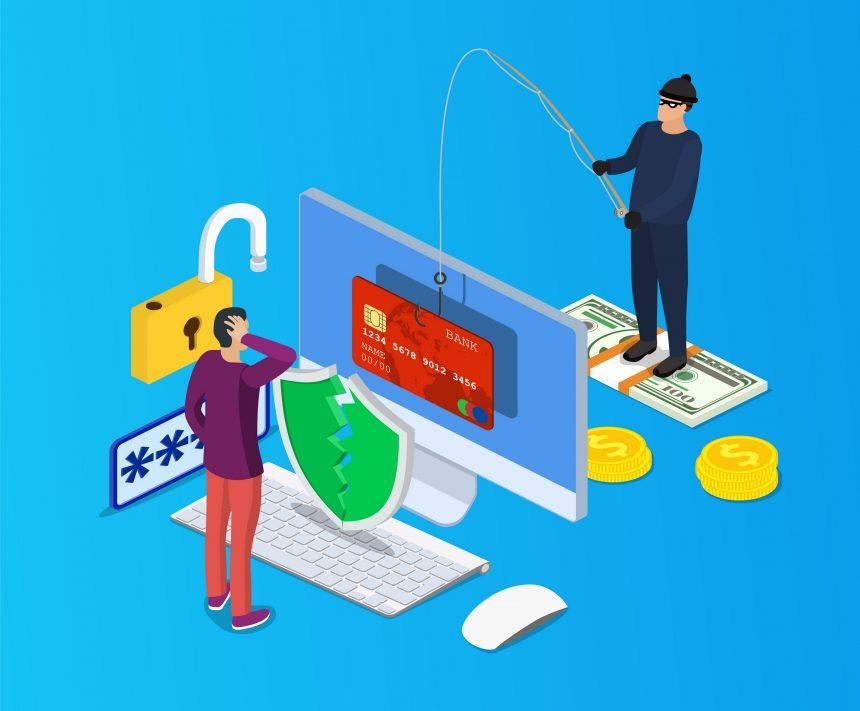In the intricate web of cyber threats, the CHAVECLOAK banking Trojan has emerged as a significant menace, specifically targeting users in Brazil. This sophisticated malware employs advanced techniques to infiltrate systems, aiming to stealthily harvest sensitive financial information. In this article, we will delve into the characteristics of CHAVECLOAK, explore its actions and consequences, examine detection names, and elucidate the infiltration methods. Additionally, we will provide insights into the potential damage caused by banking trojans and offer guidance on preventing infections.
Actions and Consequences of CHAVECLOAK
CHAVECLOAK, identified as a banking Trojan, orchestrates targeted attacks with the primary goal of pilfering sensitive financial information from Brazilian users. Employing a multifaceted approach, this malware can block the victim’s screen, record keystrokes, and present deceptive pop-up windows, all designed to extract crucial login credentials and personal data.
One of the hallmark techniques of CHAVECLOAK is keystroke logging, a method that captures every keystroke made by the user. This includes passwords, usernames, credit card numbers, and other sensitive information, posing a severe threat to the victim’s privacy and financial security.
CHAVECLOAK demonstrates proficiency in monitoring user activity on specific financial portals, encompassing traditional banks and cryptocurrency platforms like Mercado Bitcoin. The malware’s ability to target both conventional and cryptocurrency transactions broadens the potential impact on users, emphasizing the importance of robust cybersecurity measures.
Detection Names and Similar Threats
To identify and combat CHAVECLOAK, reputable antivirus programs deploy specific detection names. Examples include Avast (Win32:SpywareX-gen [Trj]), Combo Cleaner (Trojan.Generic.35211716), ESET-NOD32 (A Variant Of Win32/Spy.Banker.AEPU), Kaspersky (HEUR:Trojan-Banker.Win32.Ponteiro.gen), and Microsoft (Trojan:Win32/Wacatac.B!ml).
Removal Guide
To safeguard your system from the perils of CHAVECLOAK, follow this comprehensive removal guide:
- Utilize Antivirus Software:
- Employ legitimate antivirus or anti-malware software to conduct a full system scan.
- Remove (recommended)or quarantine any detected instances of CHAVECLOAK.
- Check System Settings: Examine Control Panel or System Preferences to uninstall any suspicious programs associated with the Trojan.
- Browser Cleanup:
- Inspect browser extensions for any CHAVECLOAK-related entries and remove them.
- Reset browser settings to default to eliminate potential changes made by the Trojan.
- Stay Informed: Stay updated on the latest cybersecurity news and threat intelligence to enhance your awareness of emerging threats.
Best Practices for Prevention
Mitigate the risk of falling victim to banking trojans like CHAVECLOAK by adopting these proactive measures:
- Email Vigilance: Exercise caution with emails, particularly those containing attachments or links. Avoid opening attachments or clicking links in emails from unfamiliar or untrusted sources.
- Regular Software Updates: Keep your operating system, software, and antivirus programs up to date to patch vulnerabilities.
- Secure Browsing Habits: Exercise caution while surfing the internet, avoiding suspicious websites and refraining from clicking on pop-ups or ads.
- Educate Yourself: Stay informed about common phishing techniques and deceptive practices employed by cybercriminals.
Conclusion
CHAVECLOAK stands as a formidable threat to Brazilian users, utilizing advanced tactics to compromise sensitive financial information. By understanding the actions and consequences of this banking trojan, users can fortify their defenses and take proactive measures to prevent infections. Vigilance, regular system scans, and adherence to best practices will collectively contribute to a more secure digital experience, shielding users from the stealthy maneuvers of banking trojans like CHAVECLOAK.





